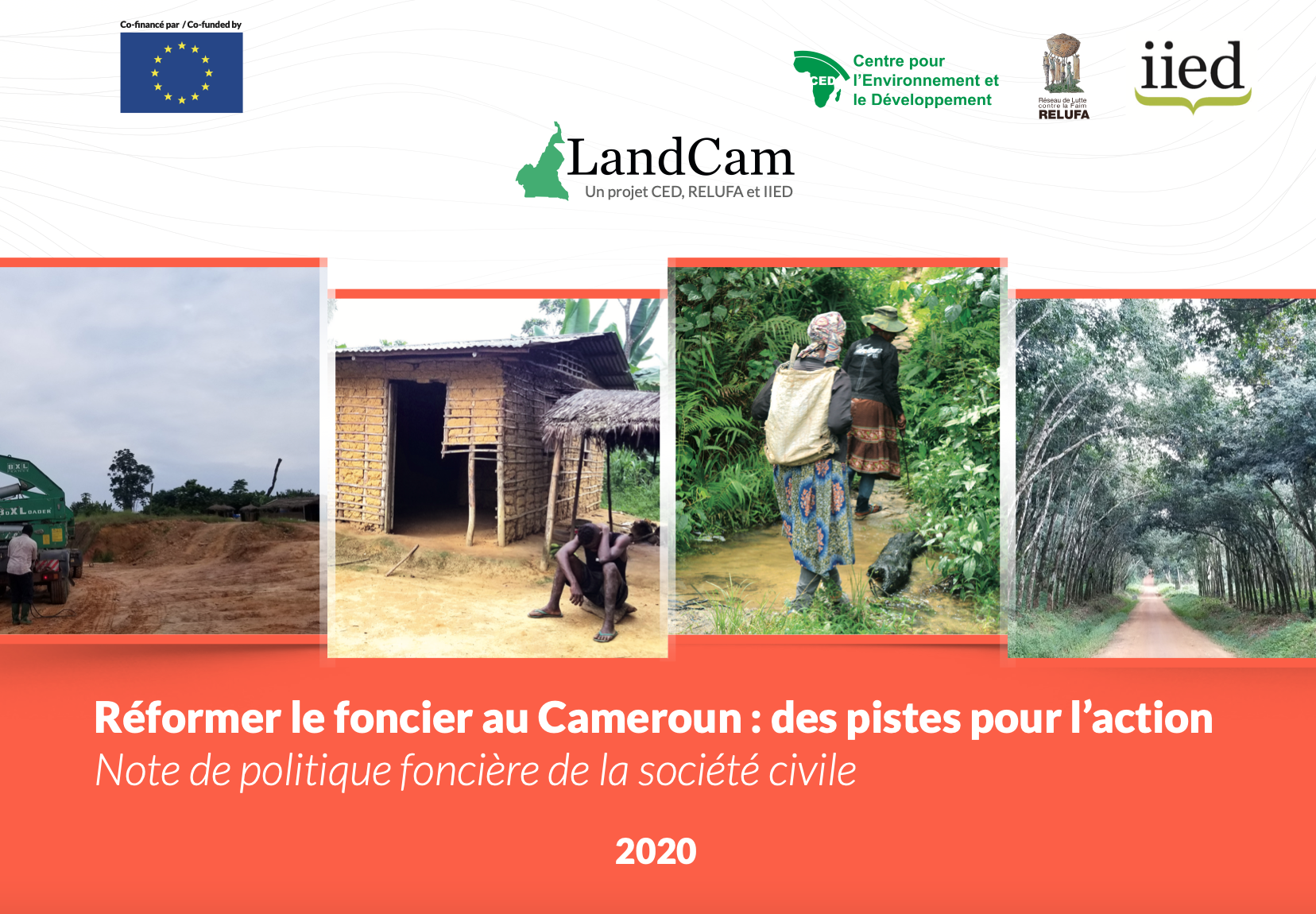Post-project impacts of restoring degraded land in Tahoua, Niger. Included in Restoring African Drylands
When the IFAD-funded project started in 1988, few people could have imagined that 15 years later the degraded plateaus would be covered with trees on land restored to production by individual smallholder farmers. And no one imagined that a village on a barren degraded plateau would one day produce enough vegetables to meet its own needs and produce a surplus for sale, because water levels in the wells had risen so much.



